Alfred Wainwright - a british fellwalker, guidebook author and illustrator said once: There`s no such things as bad weather, only unsuitable clothing.
An old idiom says: Bad weather always looks worse through a window – and I personally agree with it. You know, there are also days, when the cold bites and the rain is falling so heavily, that it is almost impossible to come out and not least out of the car. The feeling of being alive is much stronger on the other hand, when you pull yourself together and are standing outside in the middle of the weather elements during their impressive progress. You really appreciate proper clothing these days.
And let us round it with one more idiom until we go to the technical explanations. This time from a Danish cartoonist, writer, painter Storm P: I say, that you must be glad for air as long as you can breathe it.
Right and wrong clothing
I assume that very many people are fishing in clothing, which is not suitable for this purpose. And from my experience they are doing so, because they never tried others or have not been told. I assume, on the contrary, that most people, who tried fishing in the right clothing, will do it also in the future.
A breathable jacket for example has only very little effect if there is no sweat transporting clothing layer under it. It means that there is no reason to spend much money on a good jacket if there is no functional underwear and mid-layer bought at the same time. I try not to think about how many times I have seen fishermen dressed in breathable waders and jackets and jeans and cotton shirts at the same time.
Special requirements
Why at all be worried about the special fishing clothing if there is already so much other clothing? Yes, it is very simple. Because when fishing, the clothing is exposed for much more than ordinary clothing is intended for and much more also for other things than traditional outdoor clothing is designed for.
It is more common for an angler to tramp an own path than to follow others footprints. And when going to an untouched fishing water, the path leads often through common rush, forest and crater, which ends in wearing clothing more, than during a walk on a used forest path.
3-layers princip
3-layers princip is a simple and good functional system, where different clothing layers are gathered for optimum comfort. A breathable jacket has for example no effect if a clothing layer under it is not sweat transporting.
There is also no reason to buy an expensive jacket and not to buy a functional underwear and middle layer at the same time.
Goals with the 3-layers princip
To create a “clothing-thermostat” to hold you warm and dry – by demanding weather conditions. It is important to keep the body dry to avoid cooling. That is why there is essential to use:
- underwear, which is tight and sweat transporting (1st layer)
- middle layer (2nd layer), which is designed for different activity levels and insulatian demands
- a shell (3d layer), which is aimed for protection against rain, wind, waves, sleet, snow and others.
1st layer – underwear
There are two possibilities to choose the first layer. Synthetic or natural.
Synthetic underwear is produced of polyester and is used for the most by the high activity level. Polyester is more durable than merino wool.
Merino wool is nowadays the most popular material among other natural materials – and in general. It provides temperature regulation by releasing heat and preventing skin cooling. Wool is keeping us warm/gives energy free, regardless if wet or dry. Technically explained, sweat/vapor transports from the skin and through the underwear to the outer side. Then it is wicking away.
The property to regulate heat enables the possibility to use merino wool underwear regardless of season. A good tip when using underwear is to wash it as little as possible to extend the lifetime of all good features as long as possible. Hanging clothes outside has a cleaning effect – not less in frost weather.
2nd layer – insulation
Fleece is the most used material for the middle layer, because it has a soft-napped structure, which can bind a lot of air between the fibers – and it is air, which is keeping heat. Furthemore it can absorb and transport outward the excessive sweat/vapor. And is quick drying.
Fleece is usually made of polyester and often has recycled plastic packaging. There are many kinds and qualities of fleece nowadays. The difference between good and less good fleece is first and foremost in how much air can be trapped in material and how warm it is when used. Furthermore, it is often more lint on a cheaper fleece, than on a more expensive one and a cheaper fleece is looking more used sooner.
The american Polartec is one of the leading fleece manufacturers on the market and almost all well known labels are manufacturing technical midlayers using Polartec-fleece. Polartec fleece materials are known for their high warmth-to-weight ratio, highly moisture wicking, breathability and very high quality.
It is possible to find a middle layer in wool, which is a very good insulation, but on the other hand in comparison with fleece becomes more heavy and slow drying when wet.
Finally there are mid layers with synthetic fibers – sometimes called synthetic down. It creates an air space between the body and jacket/trousers, balancing micro climat and keeping warmth. And it is the warmest midlayer. The material is still warm, when it is wet. PrimaLoft is one of the most known new types of materials, but there are many others on the market.
3d layer – water resistant
Protecting from the elements - rain, snow and wind, is the most important mission for the shell. It is very important to understand that breathable clothing is sweat wicking as damp, not if it is fluid, that is why it is important to know how to use the under layers. If there is condensation on the inside of the shell, then it can feel as if the outer material is not tight.
The outer layer is called a hard shell sometimes. It can be different in usage and look, but it is manufactured after the same basic construction. A hard shell has minimum two and often three elements: An outer material, a waterproof layer and optionally a third layer.
The outer material is not water resistant itself. Its function is to resist the wearing, which is coming from the outside. Fursemore the outer material is often impregnated to prevent soaking water. The impregnation is not important for water resistance but for breathability and comfort. If outer material becomes wet, will clothing become heavier and will be less breathable, because the wet layer will not allow free passage of the heat and damp produced by the body – regardless of the membrane. That is why it is important to impregnate shell clothing, when it is soaking water too fast: to maintain breathability and comfort.
The water resistant layer – the membrane or the coating – which is placed on the backside of the outer material, are making clothing water resistant.
The third layer is protecting the membrane from the inside. Very cheap water resistant clothing has no third layer and that is why the wearings strength is very low. The third layer can be made in many different ways. The material inside can be glued to the membrane, which results in a relative light product. They are called 3-play products or shell jackets and shell trousers. Alternatively is a loose lining, which is still protecting the membrane. It results in a little heavier product, but more wearable product at the same time.
Important words
Before we start with a more thorough description there are some words good to know. Nevermind of words, the technical explanation can become too long, because of a complicated subject - especially if it is deep and thorough. Here are only the things, which really mean something to you, when you are standing outside and fishing.
Membranes and coatning
Regardless if the product is produced with a membrane or a coating, they are used for making the product water resistant and breathable. There are many producers of both, where Gore-tex is one of the more known.
Surface treatment
When a jacket is brand new, then you can see how water is repelling in drops from the surface as quick as it comes on the jacket. It is the jacket's surface treatment, which gives this effect – and it has nothing to do with water resistance of the jacket. The surface treatment is tearing off with the time and the jacket begins to soak water. An impregnation can help in this case.
Water column pressure
Water column pressure states how much water pressure a material can withstand before water penetrates it. A product with water column pressure above 1500 mm may be called waterproof. The measures are not made with the whole product but on the fabric, which the product is made from. It measures not necessary on the gatherings, taped seams, seams and other exposed places. It means that a product can have a high water column pressure resistance, but the gatherings are not necessarily water resistant.
Breathability
Breathable materials allow sweat to come through, so that it can be led away from the body. It is important to know that it is in vapor form (air molecules) and not sweat drops. Breathability is often understood as a feature of technical clothing and of advanced membranes, but it is also to be found in wool and other natural products.
Breathability is measured with the speed of vapor coming through the fabric. The measuring for breathability rating is g/m2/24h. It means how many grams of sweat per m2 fabric in 24 hours.
A big sinner
In addition to an extra wearing through bushes and similar, many fishing clothing is exposed to salt water – and often in big quantities. Salt water can damage everything and clothing is no exception. Especially shore fishing in waders is hard with clothing, if it is not specially developed for sport fishing in saltwater.
Both the fabric and the membrane are affected by the salt, but often the first weakness signs can be seen on the loose parts of clothing, such as buttons, buckles, zippers and parts like these.
Having this knowledge in mind it is clear that it is a very good idea to rinse off your fishing clothing in fresh water if it was in contact with a lot of salt water.
All the boring
There are only a few fishermens, who are very interested in sewing, push buttons and zippers, when they are looking for a new fishing jacket. But maybe they should do it?
Because, it is almost always that the problems are coming first in gatherings or jackets loose parts.
It can be difficult to find out when the quality is good enough for the different parts and if you can not, so you can ask store personale for help. You should know if zippers can withstand salt water, if sewings are reinforced enough in exposed parts or if plastic parts can withstand frost.
Impregnation and maintenance
It is important to read guidance in clothing. There is a big difference regarding what different materials and membranes can be exposed for. But generally most technical clothing should be washed more gently than common clothing with mild washing powder or special products.
Regardless of washing it is essential for a long durability, that it is rinsed off in freshwater, if it was exposed for salt water or real dirt like for example mud. Furthemore it is important that wet fishing clothing is hanged for drying as soon as you are at home after the fishing tour. Already after one day mold is beginning to come on the wet jacket in a bag.
If the surface on waterproof fishing clothing is losing its water repelling effect, then it is time to impregnate it. There are two methods for it: spray on clothing outside or so called wash-in-product, which is washed in the washing machine. A big difference in these two methods is, that the spray is only impregnating, where it is necessary – also on the clothings outside, where the wash-in-product also impregnates the inside of clothing, where the membrane is placed. It will in many cases cause a reduction of breathability. At last, there are some product types, which can not tolerate the use of wash-in-products.
Chemicals in clothing
It is nice to hold wind and water away. Unfortunately there are often chemicals like PFCs in these packages. PFCs are industrial perfluor or polyfluor, which are often used in water resistant surface treatment of outdoor clothing, tents, backpacks and footwear chemicals. PFCs can be harmful to health and can cause kidney disease and testicle cancer. PFCs are less degradable and are transferred through urine, human breast milk and through blood to the fetus. It means that they are easily accumulated. Health damaging perfluoroctancarboxylat (PFOA) can for example stay in blood for many years.
Greenpeace published in summer 2016 the result of air probes from the stores selling outdoor clothing. The probes state that the amount of PFCs in stores selling outdoor clothing are 60 times higher than in common stores, closed rooms and up to 1000 times higher than outside. The harmful substances are not necessary in production and many companies have plans for phasing them out, while some firms already now have dropped the use of chemicals.
By Jakob Sørensen
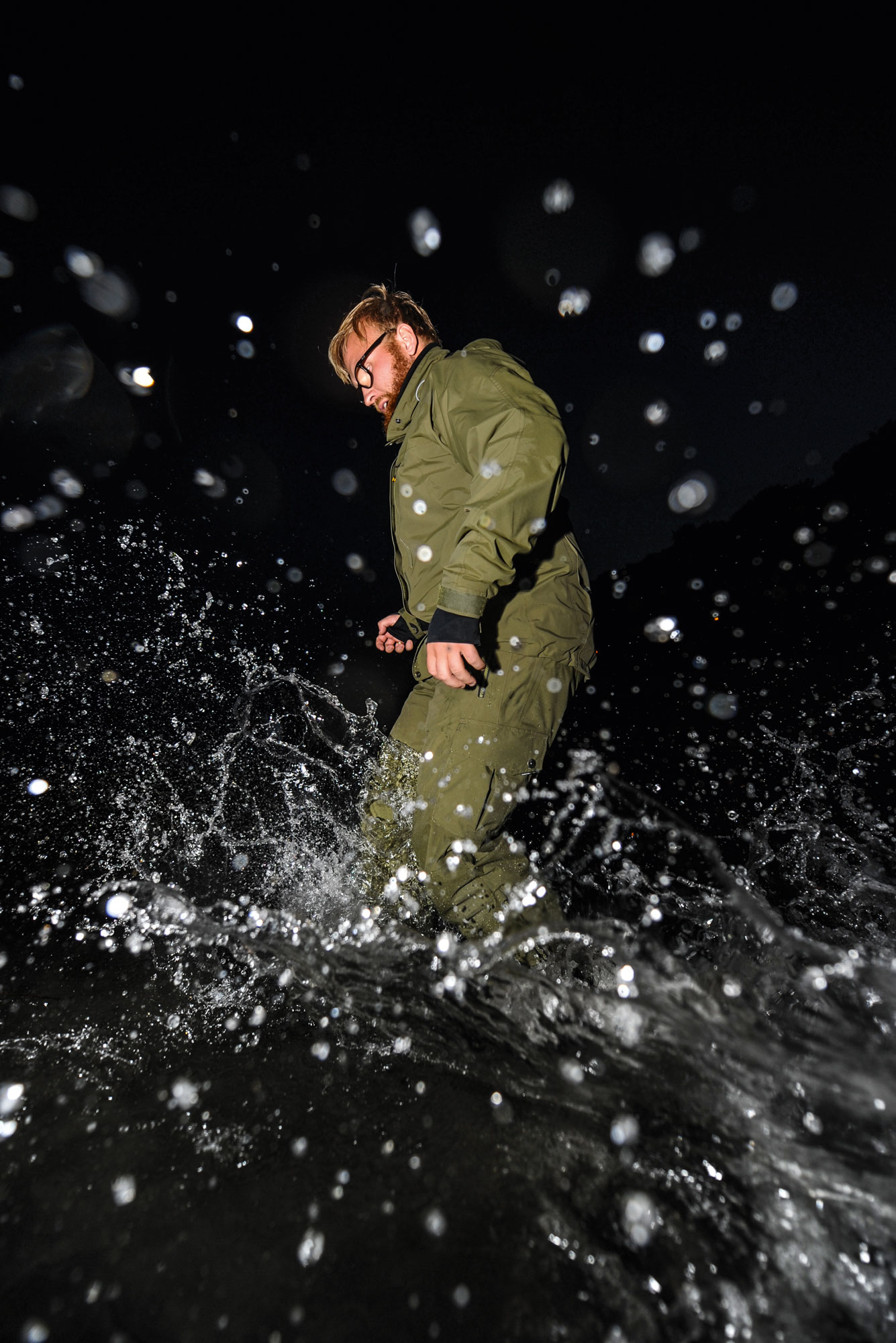
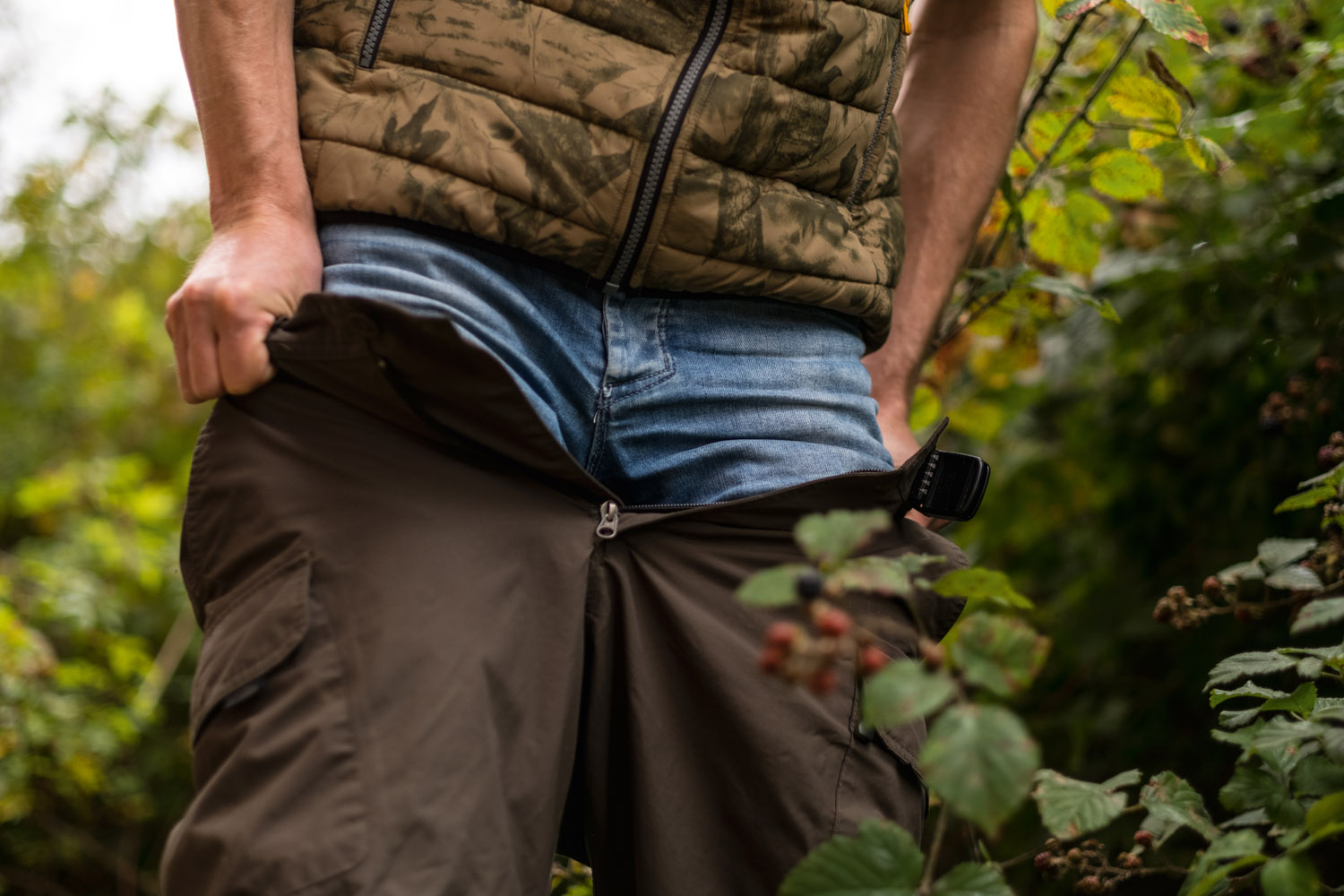
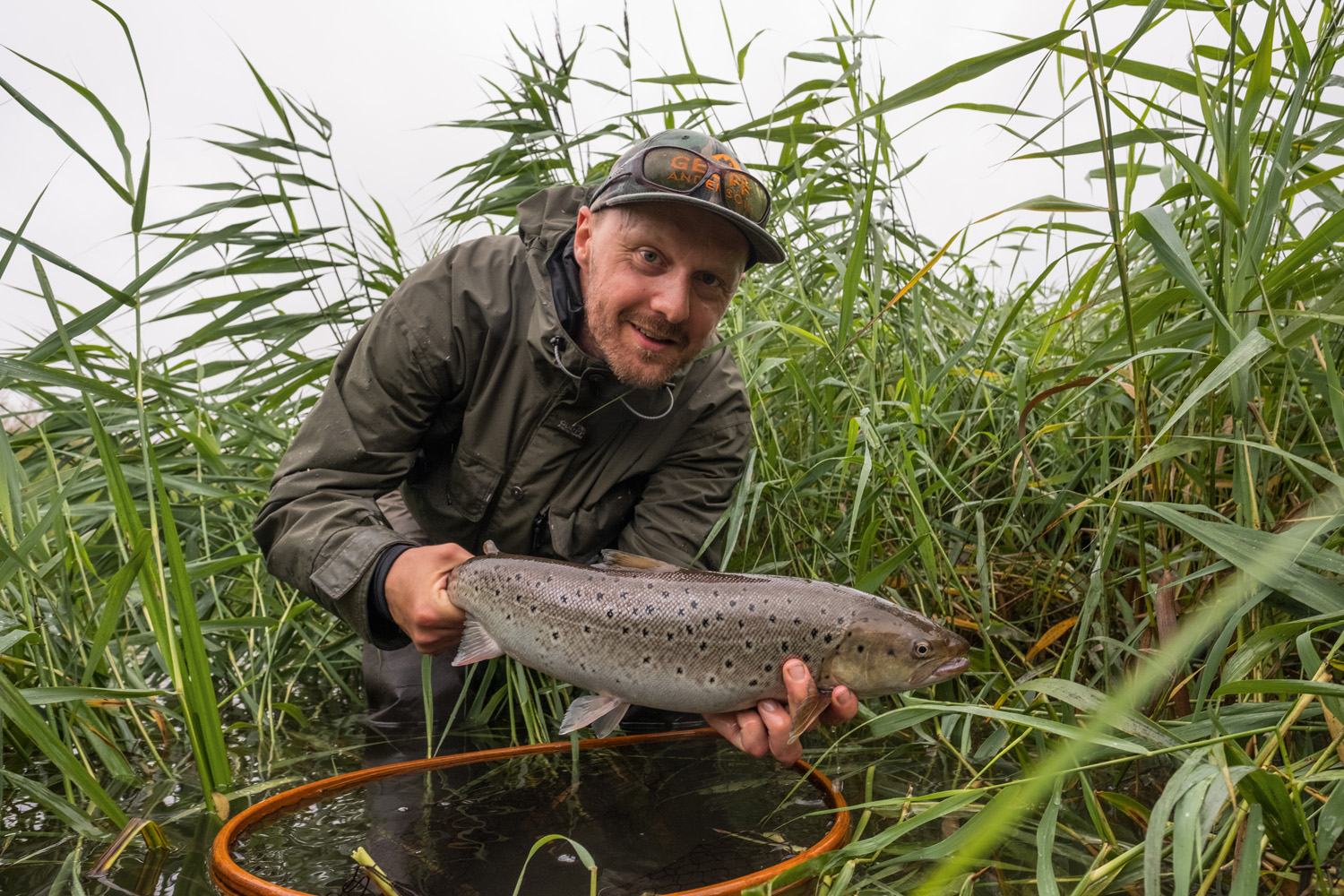
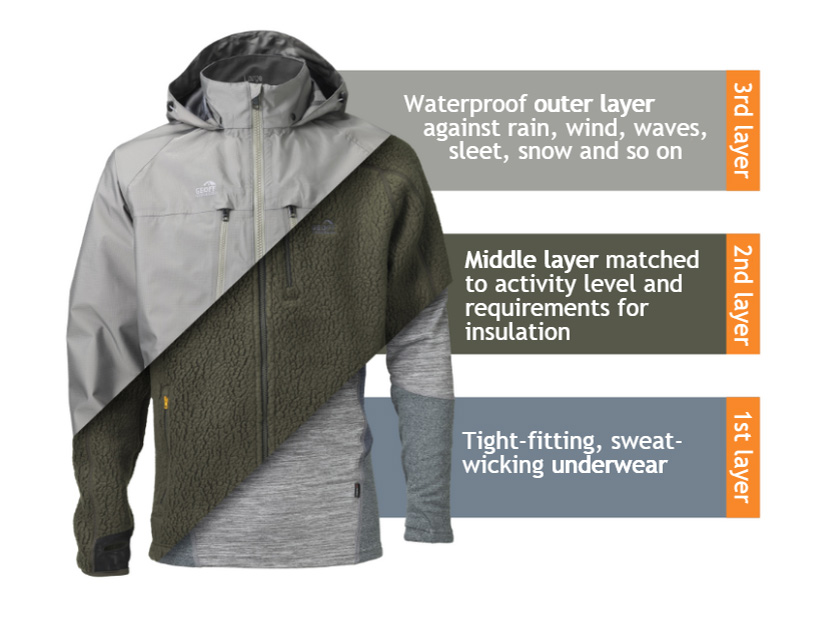
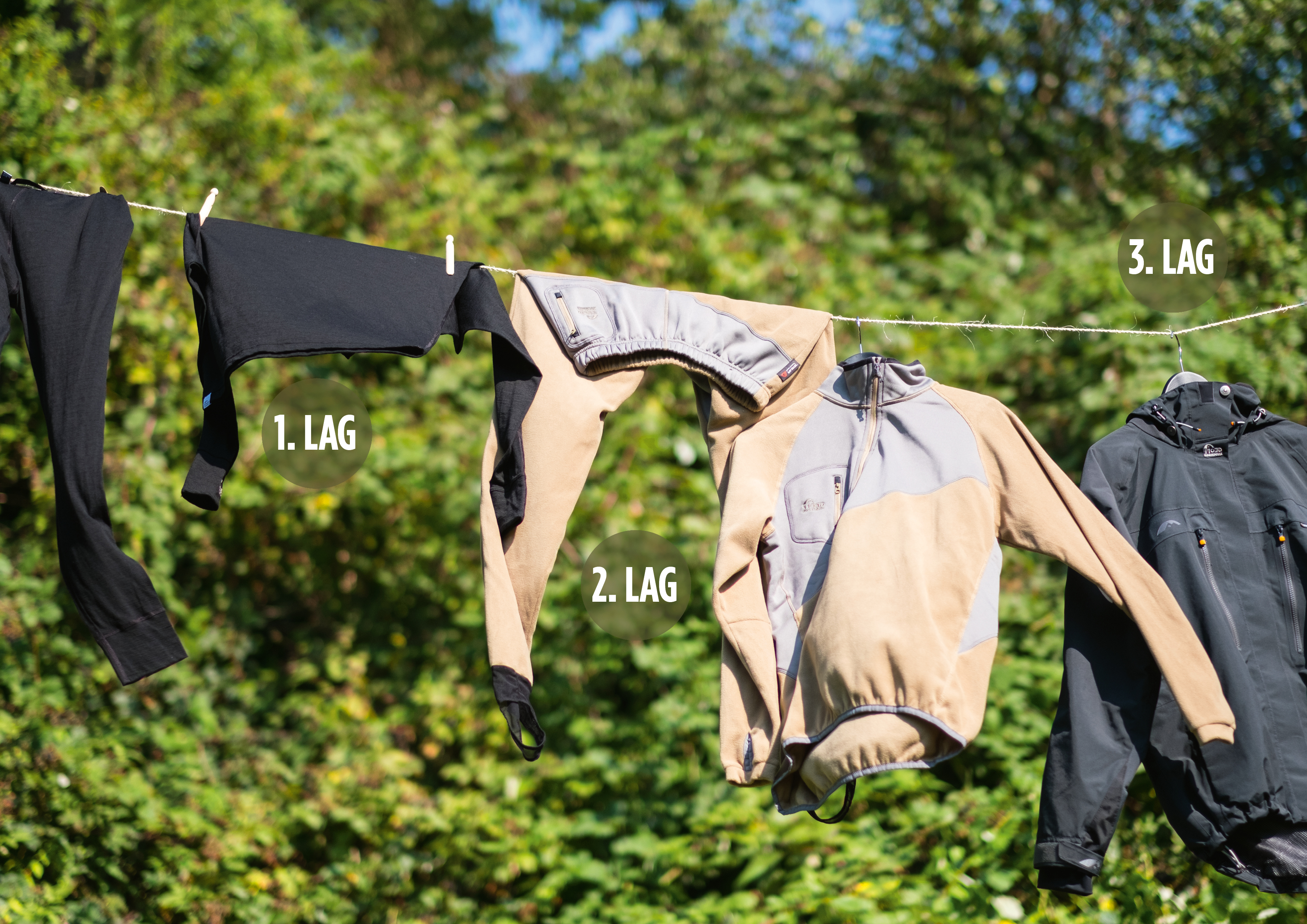
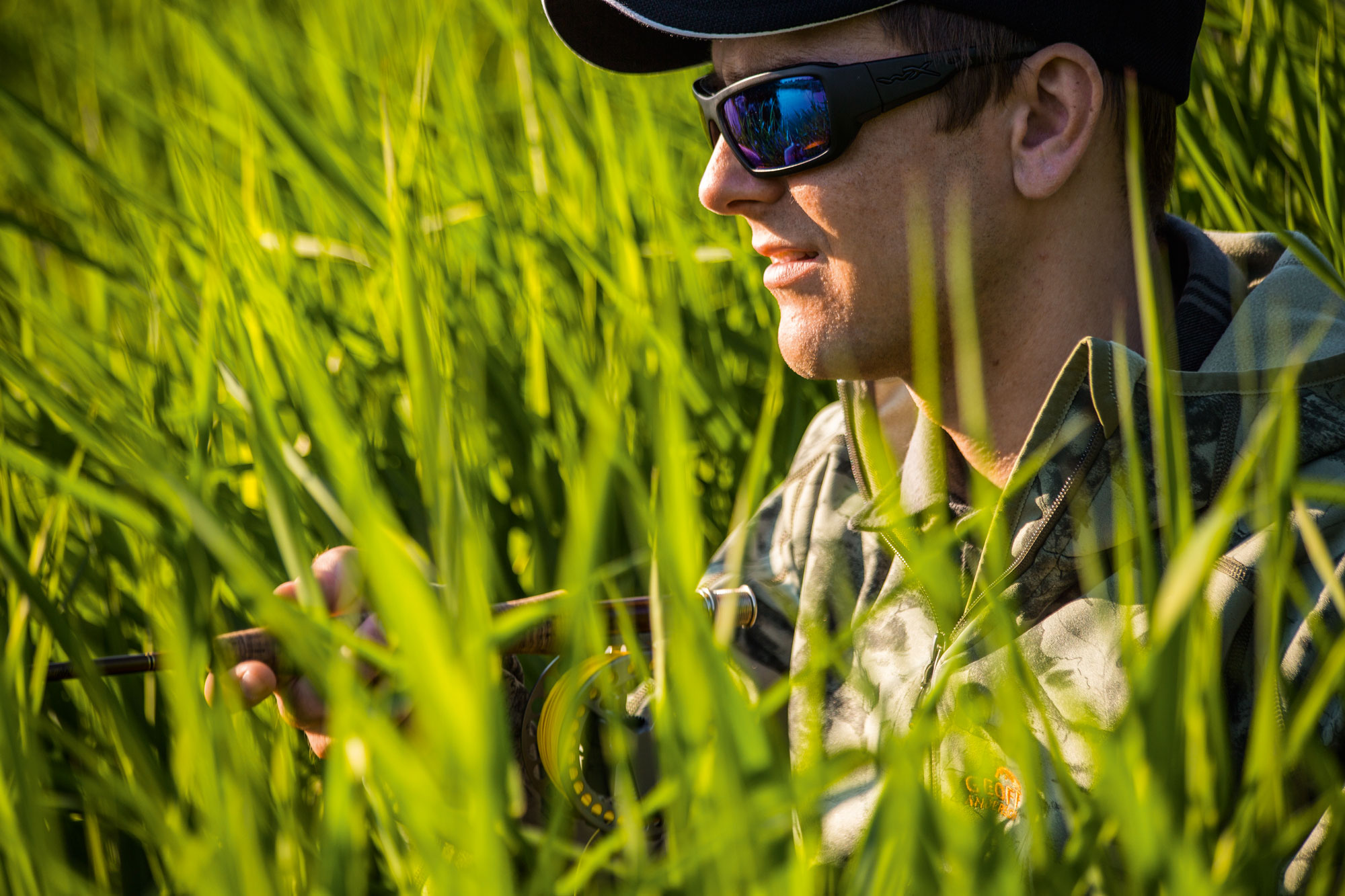
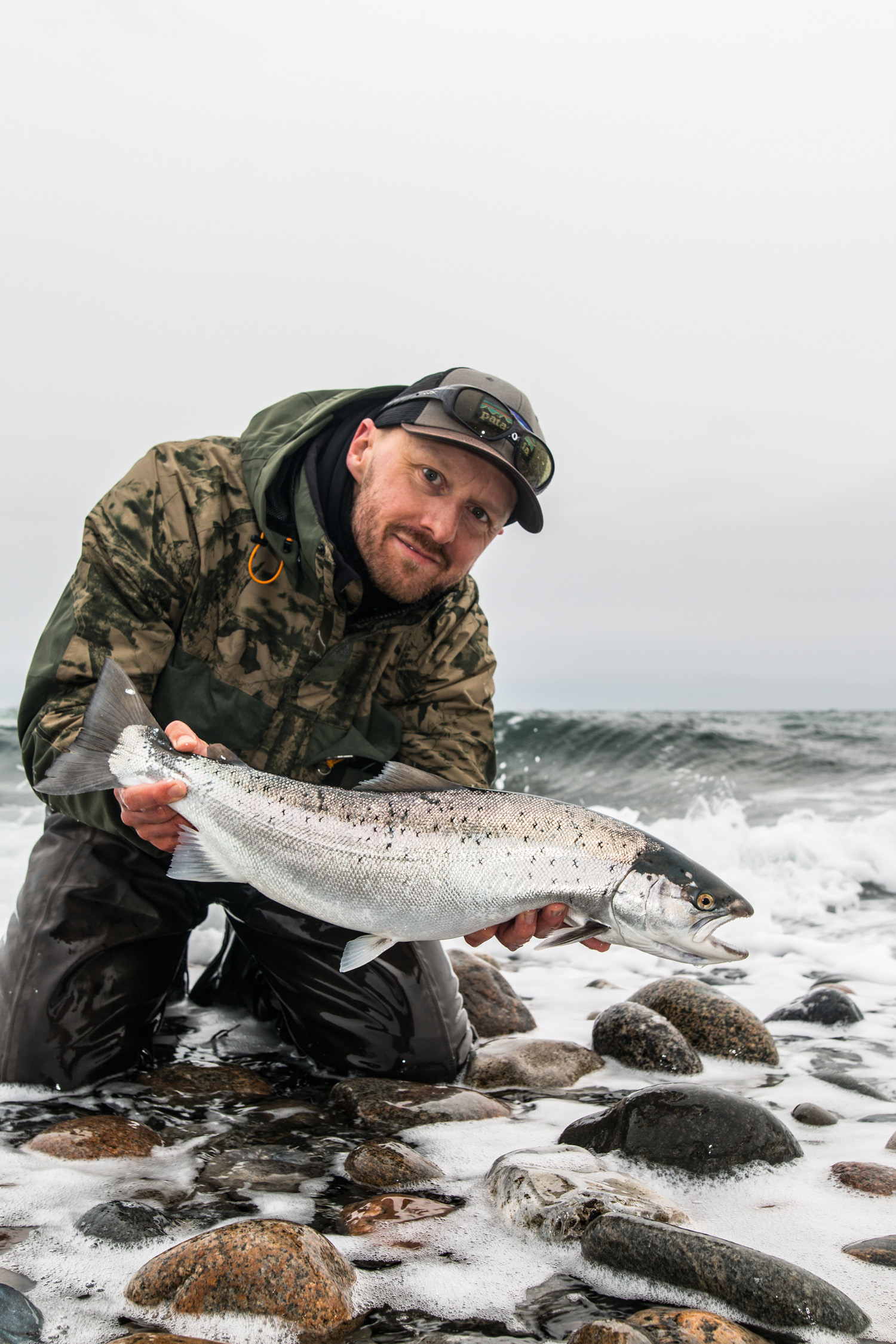
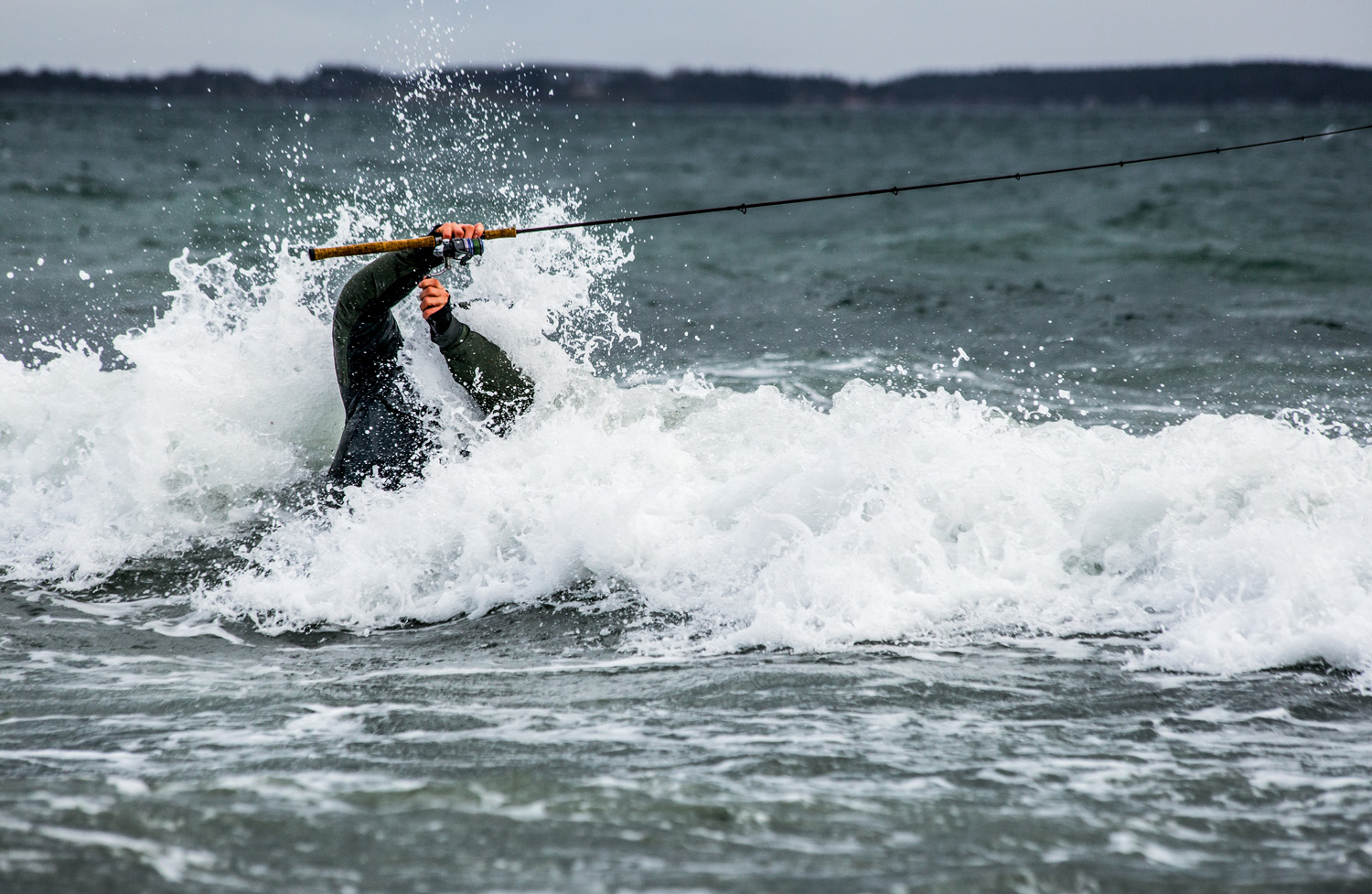
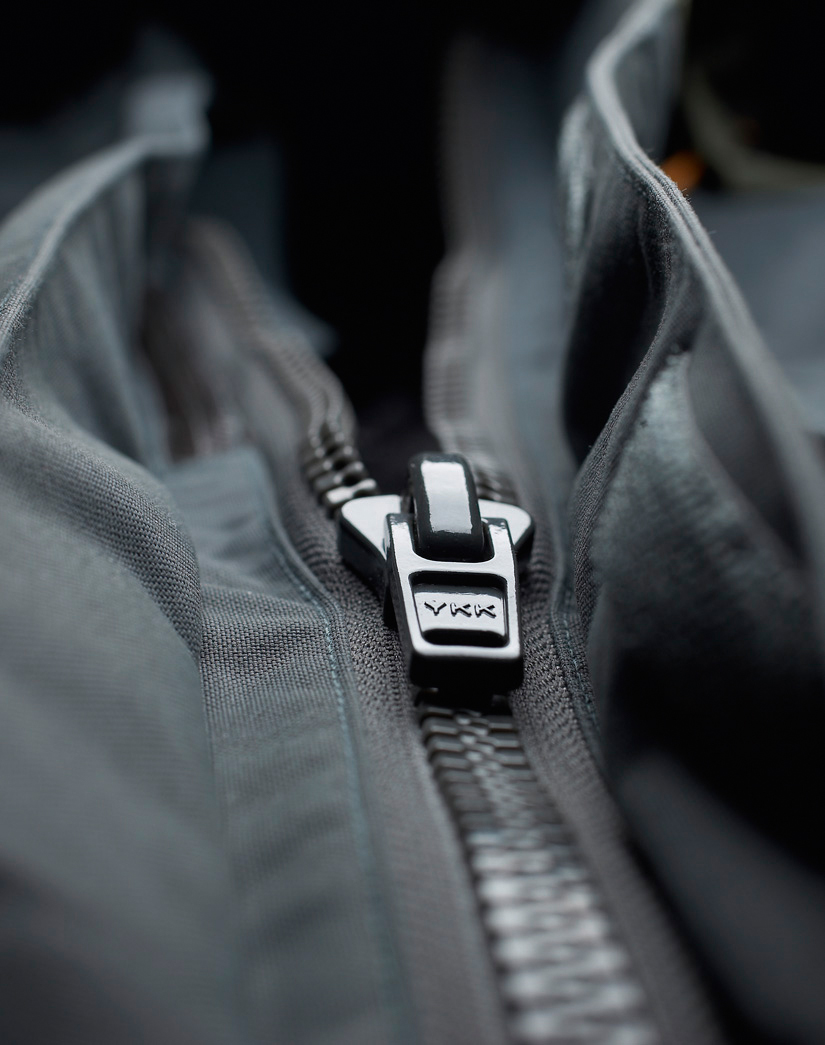
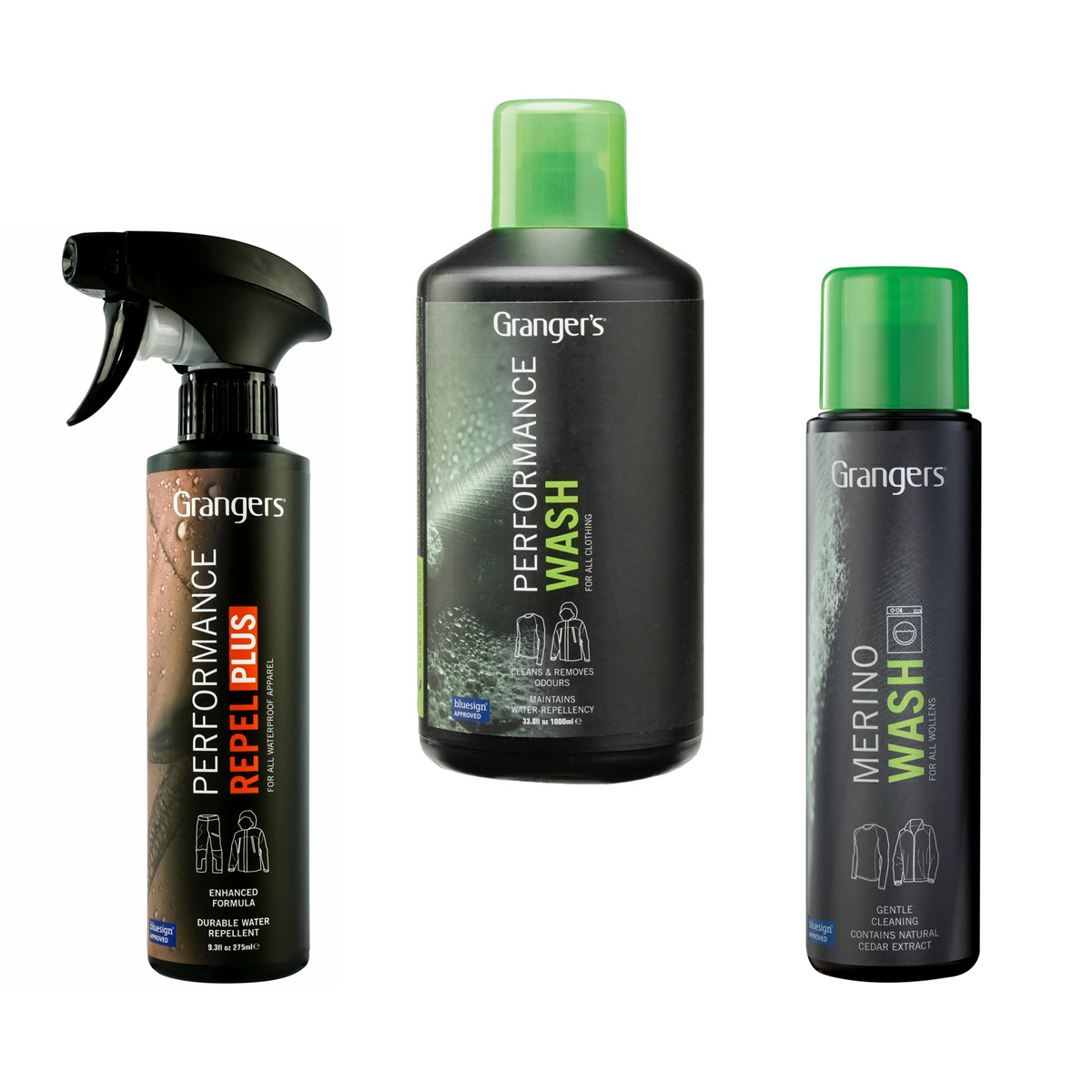
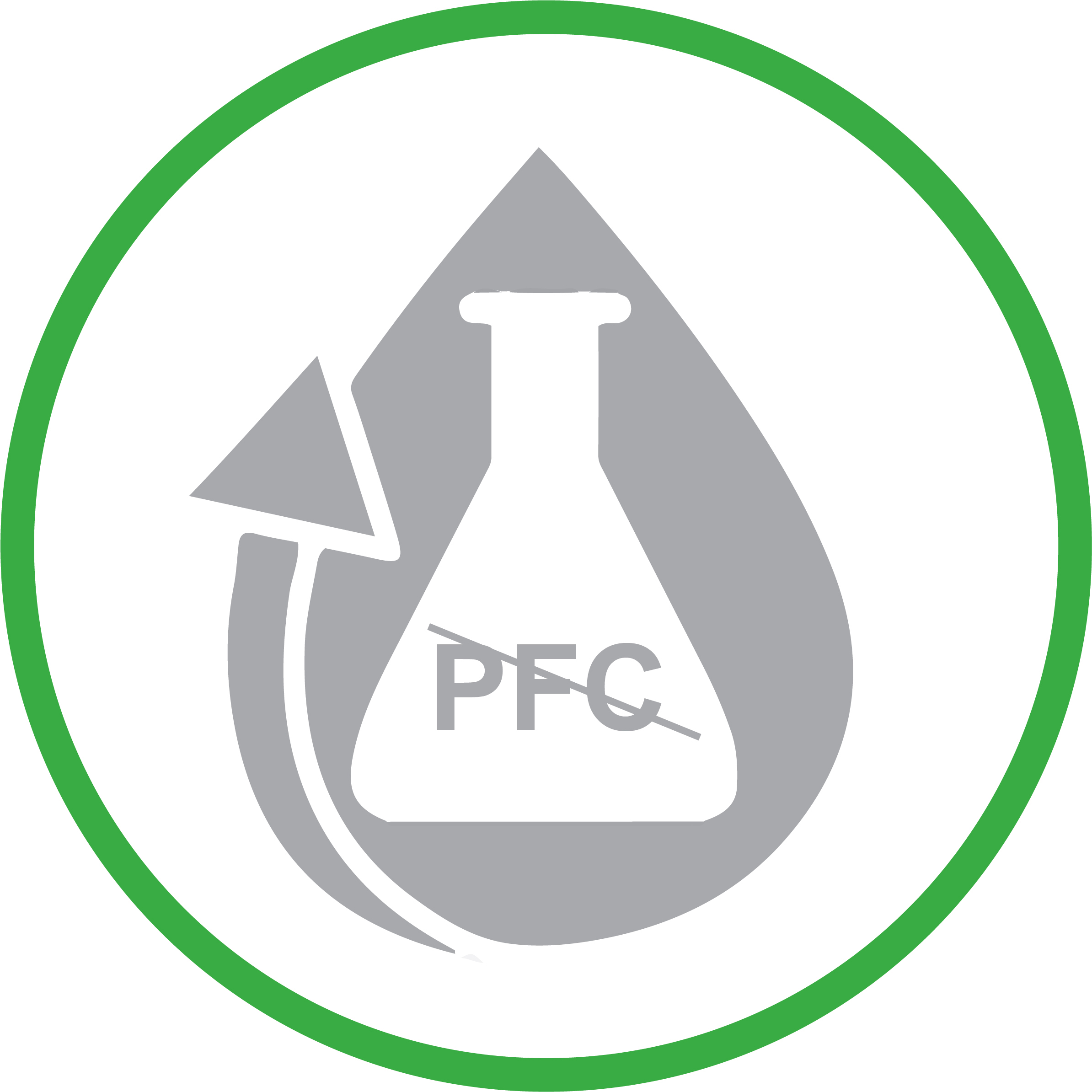

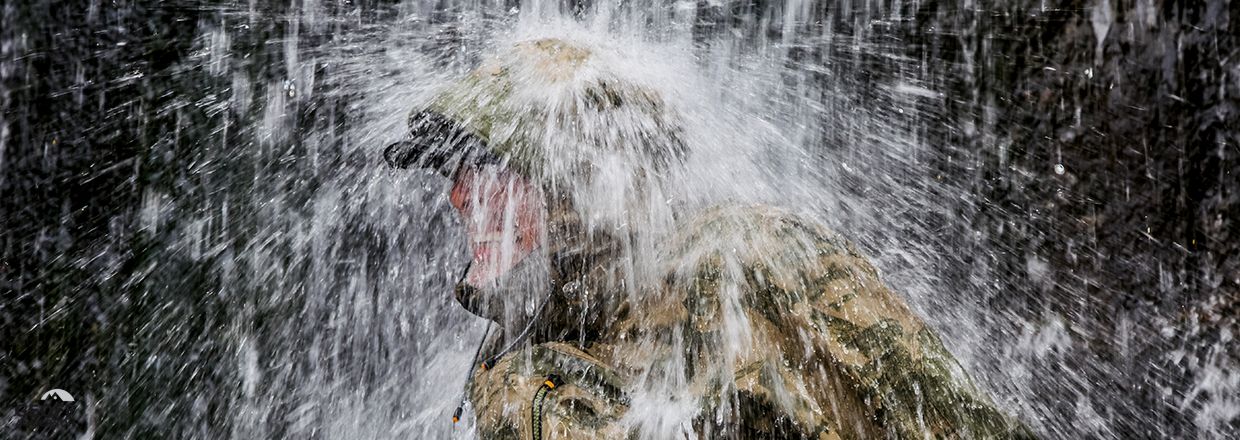
We will publicly show your name and comment on this website. Your email is to ensure that the author of this post can get back to you. We promise to keep your data safe and secure.